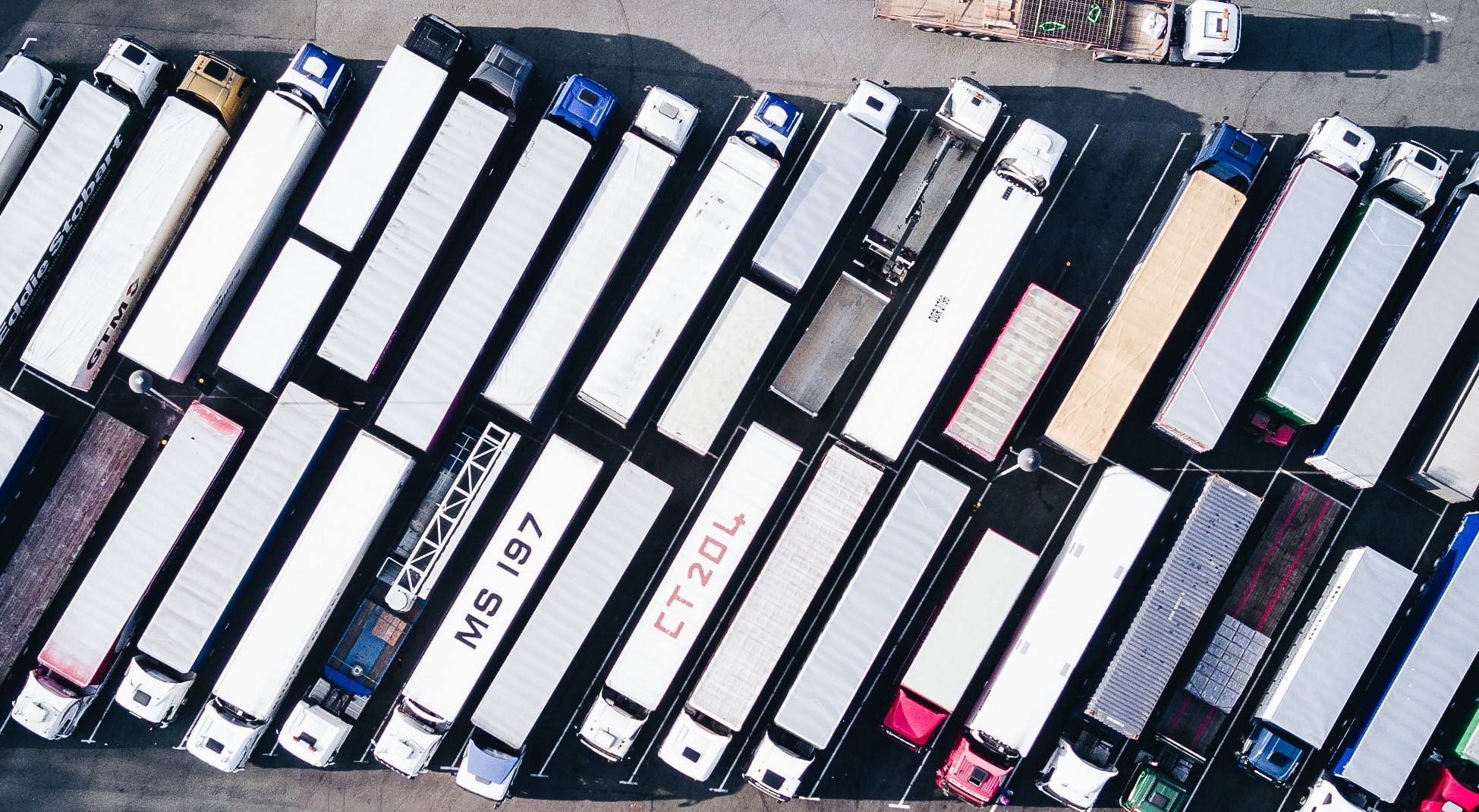Transportation of goods has been crucial for society. The earliest record of shipping was the domestication of horses in 4,000 BCE. Since then, transporting has constantly changed and has come to the point we know today.
The global shipping network today provides delivery on the same day. Freight shipping relies on truck drivers, an essential part of the supply chain. But how did freight shipping develop? This post shares more about the history and development of shipping.
The early years
Trucks have been an essential shipping vehicle from the 20th century. The lack of technology imposed very modest solutions back in the early days. Around 4,000 BCE, everything started when horses were domesticated and used for transport.
The first wheeled vehicles were invented in 3,200 BCE. This invention complemented the previous transportation method in the form of carts.
In 770 CE, the iron horseshoe was invented, which made horses more efficient. The popularity of horse carriages rose despite the risks.
During the 1820s, the railroad system became a monopoly in the cargo industry. The invention of the combustion engine and the Industrial Revolution allowed high-speed transport systems.
Freight shipping in the 20th century
In the early 1900s, the rising popularity of automobiles changed the direction. However, the cars were expensive and reserved only for the wealthy then.
As the trucking industry expanded, a few changes were implemented to improve it. In 1935, the Motor Carrier Act imposed changes in the industry. Truck drivers’ working hours were limited to prevent fatigue and improve road safety. In addition, other regulations were brought for the companies. The infrastructure is prone to improvements, and there is an increased demand for shipping services.
In 1950, the trucking industry marked an immense growth with 173 billion ton-miles of commercial freight transported by truck.
The interstate highway system in 1956 allowed for faster transport around the country. Trucks have transported only one percent of the goods. In 1970, that grew to a stunning 25%. The trend continued in 1980 when that number doubled. Technology development and globalization improved the industry for the better in the 2000s. 2020, the trucking industry will be responsible for much of the US freight.
The future
When businesses move from physical to online stores, the trucking industry has increased demand. By 2027, trucks are expected to deliver 27% more in freight tonnage. Automation and increased digitization will continue to change the industry in the near future.
Digitization will help improve inventory management, resulting in a streamlined working process that helps businesses stay competitive. The access to real-time data and advanced data analytics helps meet consumer demand.
Automation is another advancement that changes the industry for the better. While many worry that it will change the truck driver’s job, this won’t happen. The current development level focuses on automated vehicles with human input, meaning the truck driver’s position isn’t soon vanishing. Also, it is essential to note that a truck driver is not only responsible for driving the vehicle but has a range of tasks associated with transporting goods. From checking and maintaining the vehicles to logs and customer service, the truck driver tasks can be entirely replaced by technology. Full automation, to an extent where the trucks don’t need human input, is far from becoming reality.
Also, it is essential to note that automation in the trucking industry focuses on long-haul trucking. Therefore, the short hauls won’t be primarily impacted. Knowing the current market situation with a shortage of truck drivers, entering the industry now means a rewarding career with a stable salary and many opportunities.
Avid Writer with invaluable knowledge of Humanity!
Upcoming historian with over 30 million views online.
“You make your own life.”





